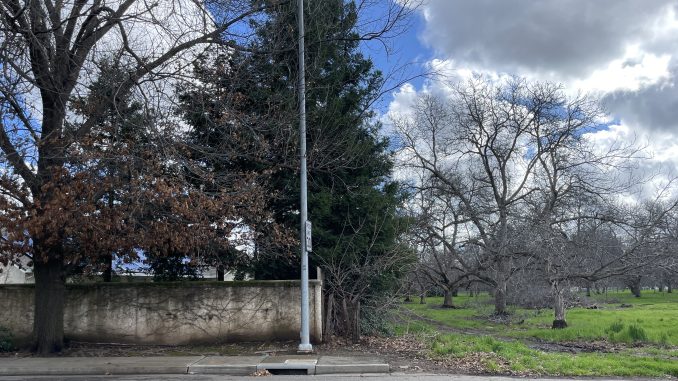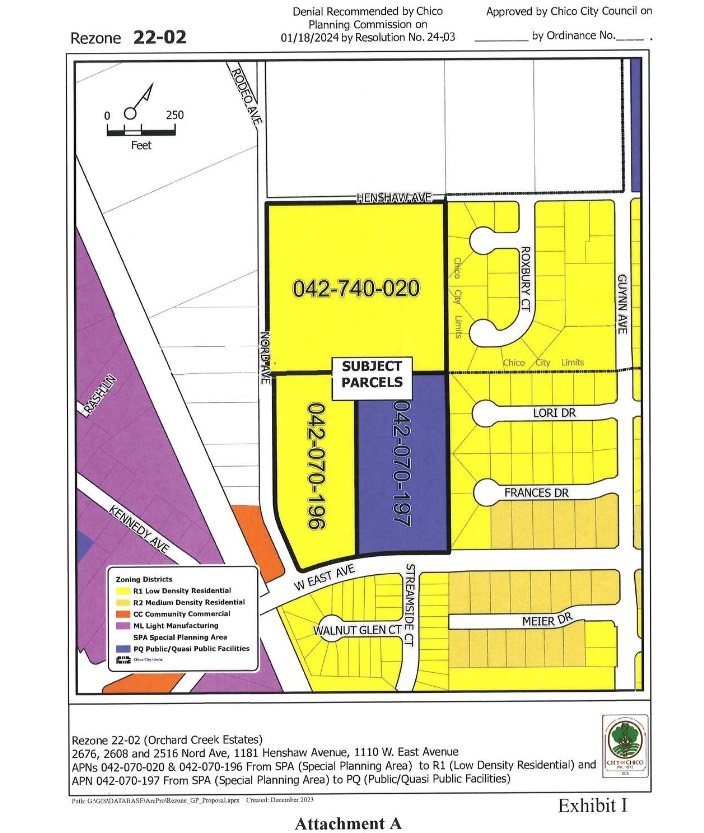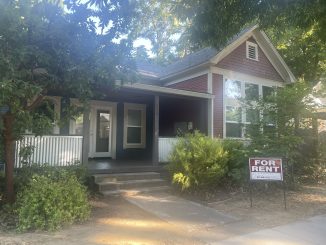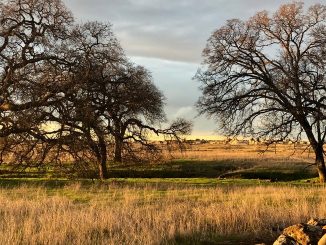
The city of Chico is likely to get a tiny bit bigger in the near future.
Last night, the City Council voted 6-1—with Councilman Addison Winslow opposed—to approve proposals that will allow Tatreau Construction to develop the 74-lot Orchard Creek Estates on a 20 acre property on the western edge of the city largely made up of former walnut orchards.
The vote came after a public hearing during which several neighbors of the proposed subdivision voiced opposition to an influx of more houses/people/traffic in their neighborhood. In the wake of its own public hearings on the project, the Planning Commission had also recommended that the council deny the requests. City staff, however, urged moving forward with the project.
The property falls within the city’s “sphere of influence” in an unincorporated part of the county referred to in the city’s General Plan as the Bell Muir special planning area (SPA). It’s 398 acres of flat land of mixed residential/agricultural use that butts up against the Greenline to the north, railroad tracks to the west, and existing residential areas to the south and east. It’s the property’s proximity to existing residential and the promise of new moderately priced homes that seemed to sway the council in favor of the project.

Carving out the 20 acre section from the SPA required the council’s approval of zoning amendments for the area—for low-density residential (for the subdivision) and public/quasi public facilities (for the existing Chico Masonic Family Center, which occupies one-quarter of the property)—in addition to the adoption of a mitigated negative declaration and conditional approval for the Orchard Creek Estates subdivision. The council will discuss the city’s potential annexation of the neighborhood at a future date.
In other meeting business, the council also passed four motions related to councilmember requests: a city water-saving program in partnership with Cal Water; a trial run of partially lifting the ban on selling alcohol after midnight during certain popular party days; monitoring efforts to clear out accumulated debris from Lindo Channel; and directing city staff to explore crime-prevention solutions through environmental design—particularly the lighting on existing bike paths.




Be the first to comment